
This week, Clerkenwell Design Week and Venice Art Biennale took place
This week on Dezeen, Clerkenwell Design Week took place in London and the 58th Venice Art Biennale opened its doors to a host of exhibitions, pavilions and installations.
Clerkenwell Design Week saw architecture studios and furniture showrooms exhibit their work across a wide variety of venues, from nightclub Fabric and St James Church to a former prison.
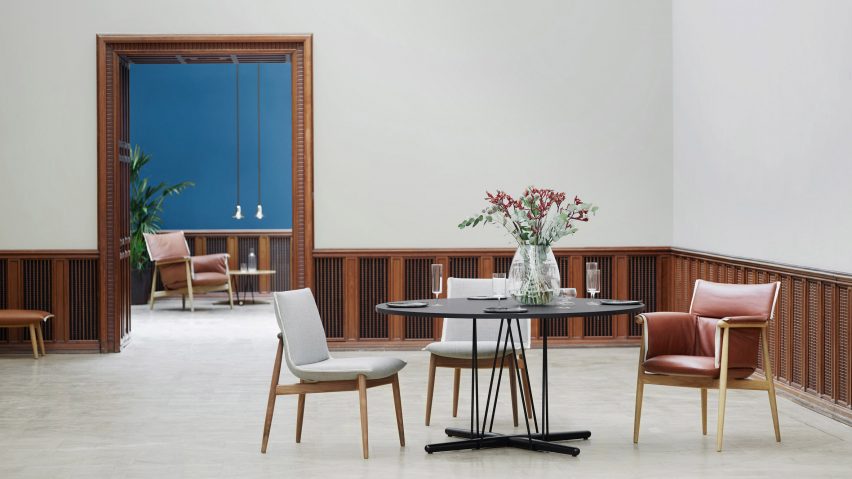
Design editor Augusta Powell selected five of the best furniture designs from across the festival, including a height-adjustable stool and a bench designed by Foster + Partners.
Also the 58th edition of the Venice Art Biennale began this week, with a host of architectural pavilions and installations including an artificial beach and six pairs of giant stone hands.
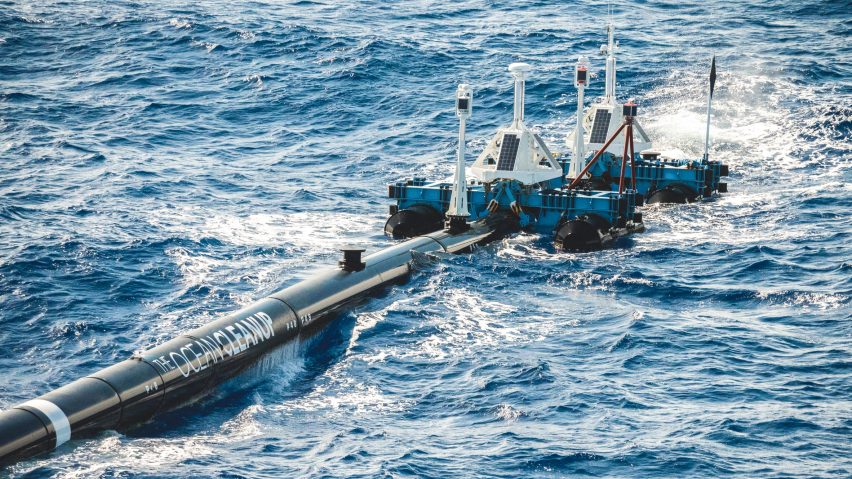
Elsewhere, sustainability experts have questioned the validity of The Ocean Cleanup, an initiative designed to scoop plastic waste from the Pacific Ocean.
"The science community is sceptical," said Italian environmentalist and TV presenter Cristina Gabetti. "I'm not saying it's a hoax; rather [it's] a dream that seduced many people and donors, and we all fell for it."
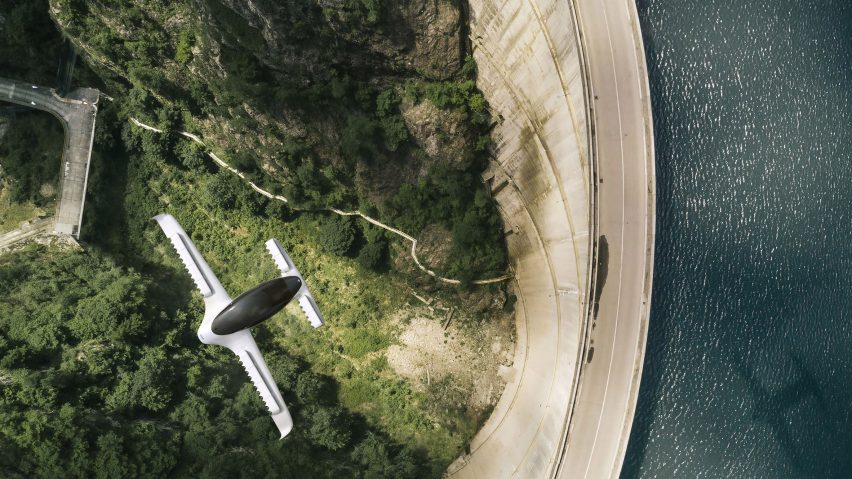
In transport news, German start-up Lilium has launched a five-seater jet-powered electric air taxi prototype that it aims to be operating in a number of cities around the world by 2025.
Amazon founder Jeff Bezos, who funds the Blue Origin space programme, revealed plans for a lunar lander, claiming that humans will be able to live in space in the near future.
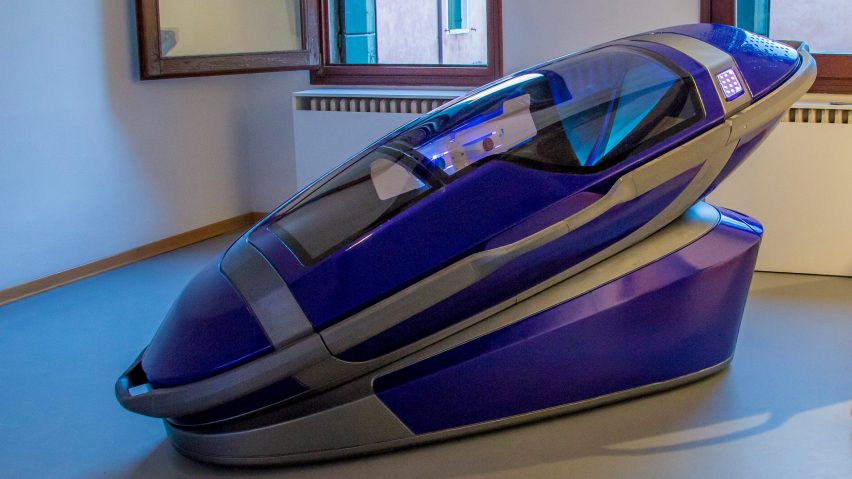
Elsewhere, euthanasia advocate Philip Nitschke unveiled a 3D-printed suicide machine, which allows users to administer their own death in a matter of minutes.
Parsons School of Design graduate Jingle Yu also designed a collection of funeral wear for the deceased, which aims to tackle the idea that "dead people should be silent and unfashionable".
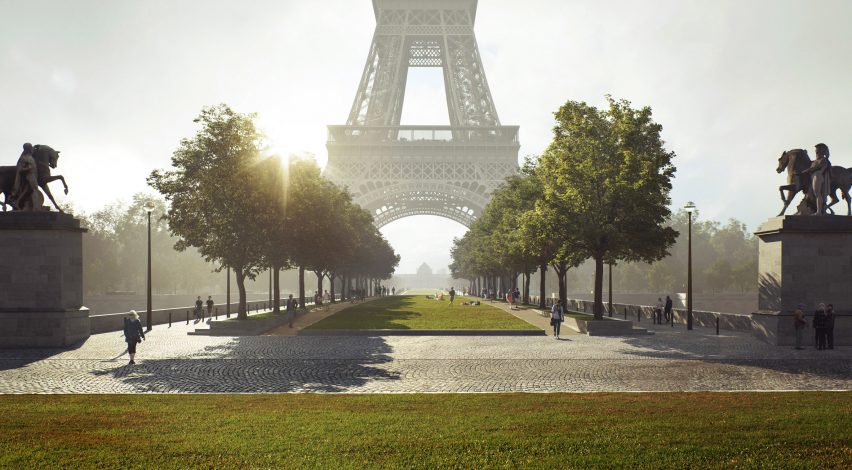
In Paris, British landscape architecture studio Gustafson Porter + Bowman unveiled its redesigned for the approaches to the Eiffel Tower, while Sebastian Errazuriz suggested turning Notre-Dame Cathedral into a space-rocket launchpad.
Also in the city, the French Open began with a stadium surrounded by greenhouses, designed by Marc Mimram Architecture & Associés, making its debut at the tennis tournament.
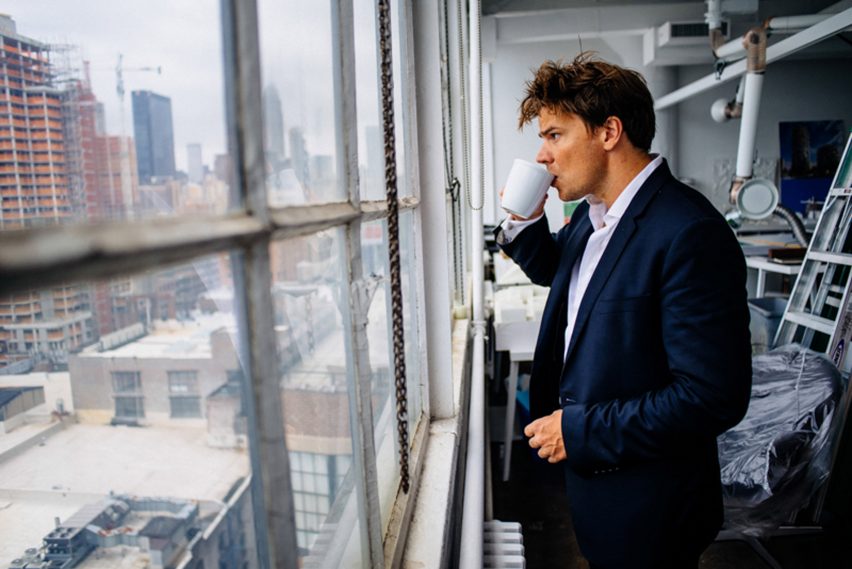
Meanwhile, Danish architect Bjarke Ingels has announced that he is proud that BIG buildings don't have an identifiable style, in an episode of podcast Time Sensitive.
Speaking to co-host Andrew Zuckerman, Ingels said he is glad people think BIG's architecture lacks a particular style.
"I would definitely take it as a compliment because I would normally say that having a style is almost the sum of all of your inhibitions," he stated. "It's like a straitjacket that keeps you confined to who you were and inhibits you from who you could become."

Projects enjoyed by readers this week included a floating dairy farm in Rotterdam and renderings for a House Inside a Rock by designer Amey Kandalgaonkar.